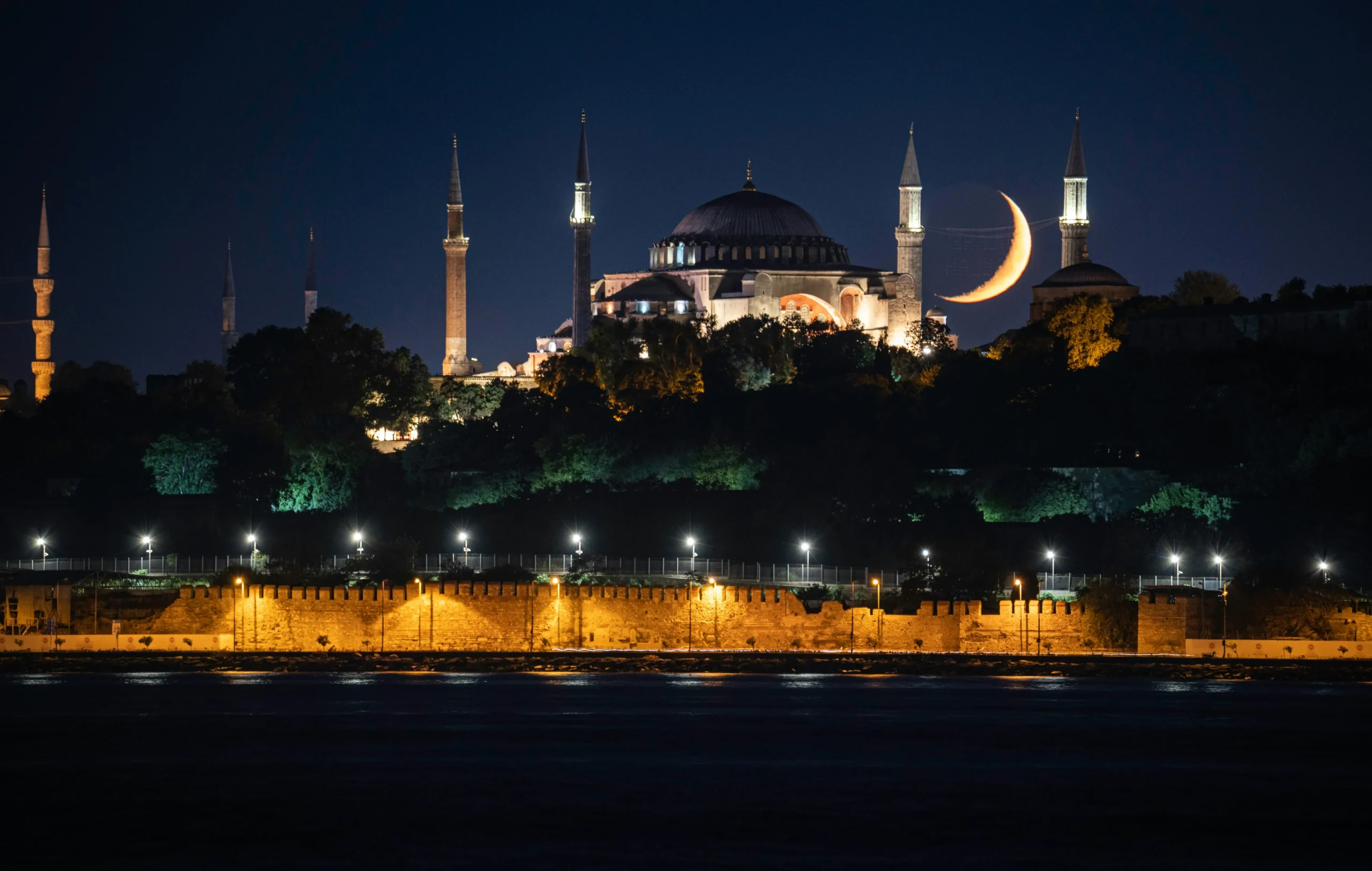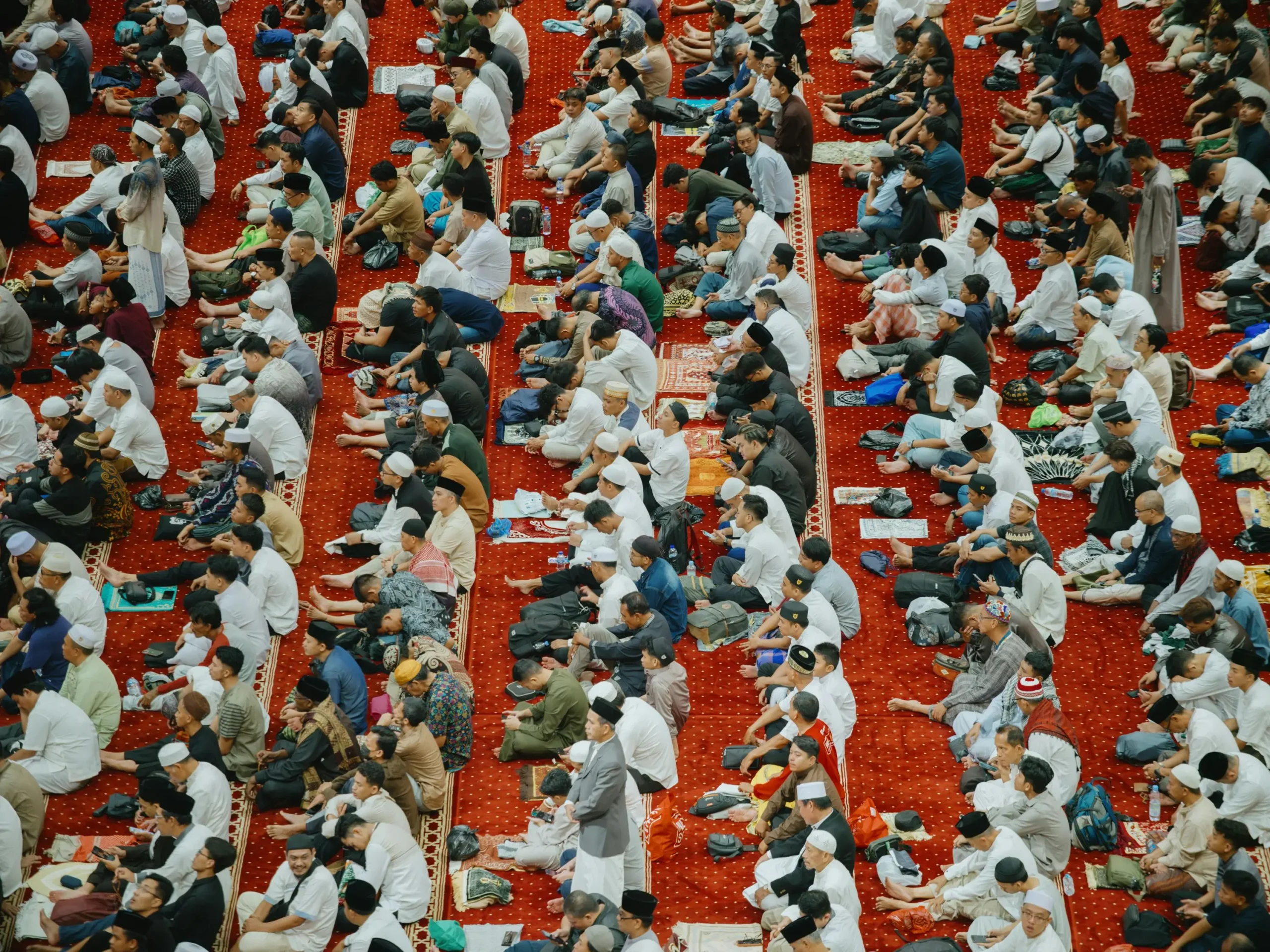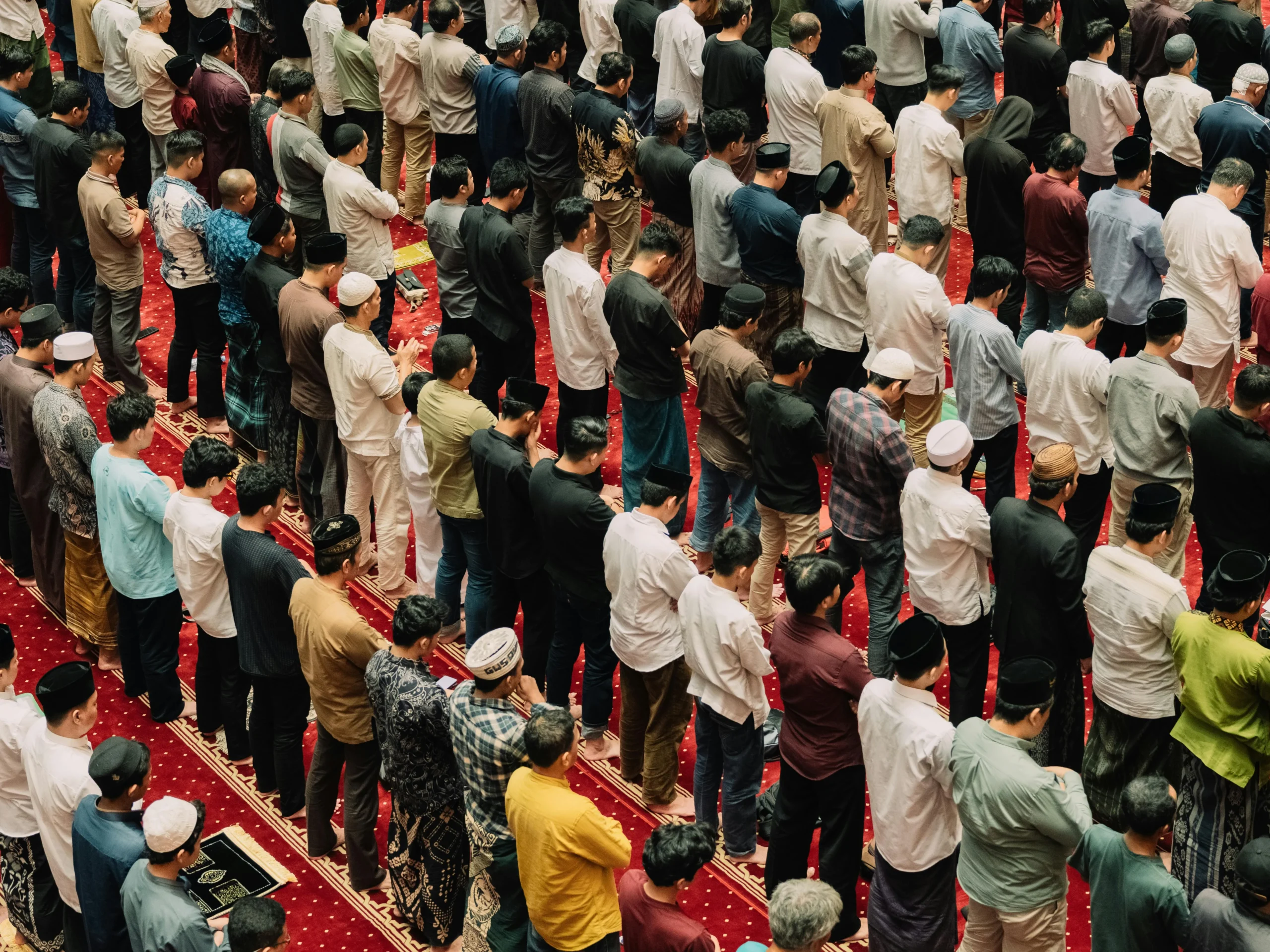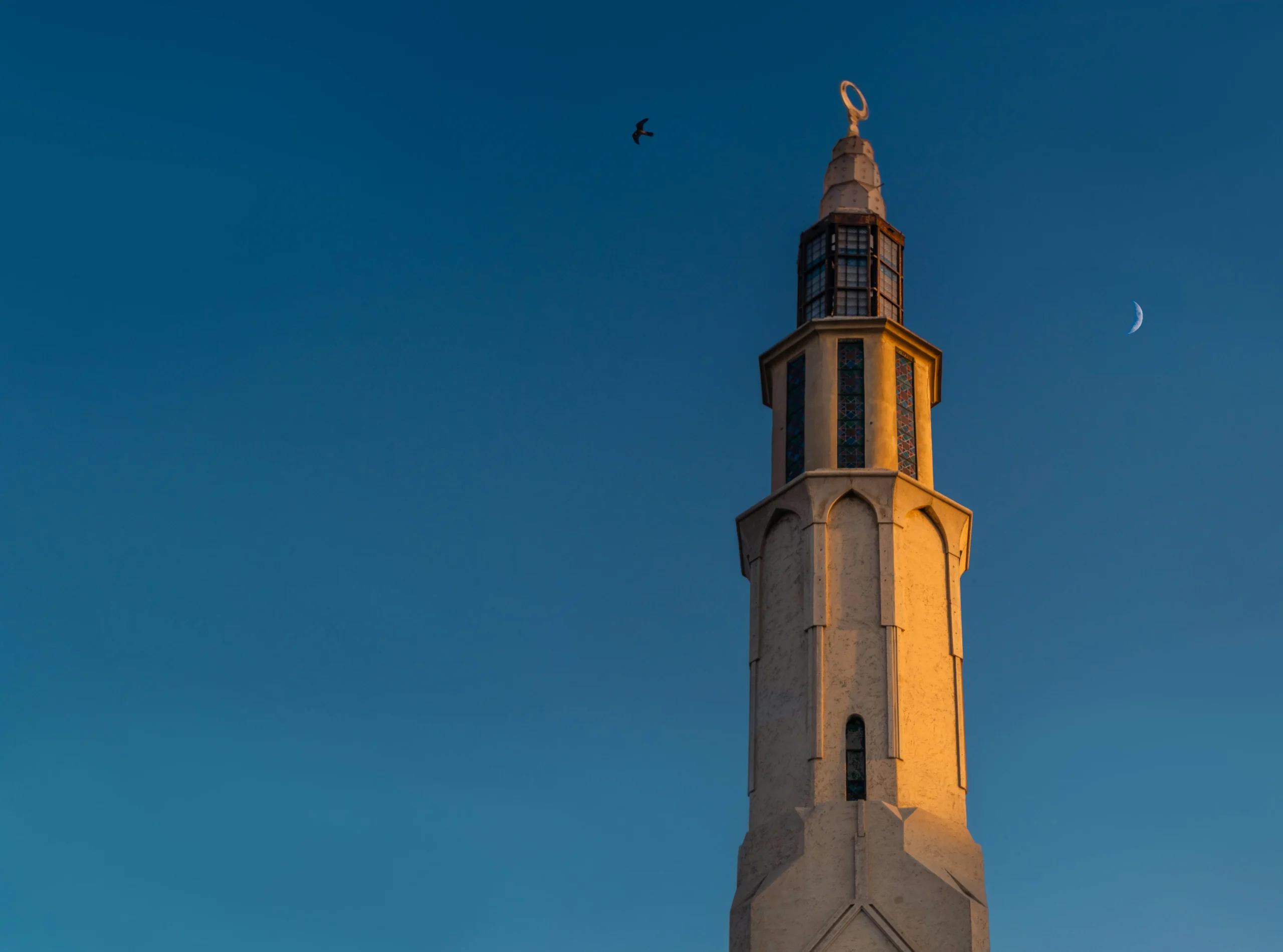
Eid al-Fitr 2026: A Global Celebration of Faith, Community, and Renewal
Eid al-Fitr, a festival of profound spiritual significance and joyous celebration, stands as a cornerstone of the Islamic faith. As Muslims around the world anticipate Eid al-Fitr in 2026, this article delves into the multifaceted aspects of this blessed occasion. From its deep-rooted historical and religious importance to the vibrant cultural traditions and practical guidance for observance, we explore what makes Eid al-Fitr a truly global phenomenon. This guide aims to be an intellectual and informative resource, covering everything from the theological underpinnings to the festive preparations, culminating in strategic insights for understanding its digital presence.
1. Understanding Eid al-Fitr: The Festival of Breaking the Fast
1.1. What is Eid al-Fitr? (Meaning, “Eid Mubarak” significance)
Eid al-Fitr, an Arabic term, literally translates to the “festival of breaking the fast”. It is a momentous occasion that marks the successful conclusion of Ramadan, the Islamic holy month of fasting, prayer, and reflection. This festival is not merely an end to a period of abstinence but a celebration of spiritual achievement, discipline, and renewed commitment to faith. The joyous greeting “Eid Mubarak,” which means “Blessed Eid” or “Have a blessed celebration,” is exchanged among Muslims, encapsulating wishes for happiness, peace, and divine blessings. It’s a phrase that resonates with warmth and goodwill, signifying the shared joy of the community.
1.2. The Deep Spiritual Significance of Eid al-Fitr for Muslims
The spiritual significance of Eid al-Fitr is immense. It is a time for Muslims to express profound gratitude to Allah (SWT) for providing the strength, patience, and self-control to fulfill the rigorous demands of fasting and increased worship during Ramadan. Ramadan is the sacred month during which the first revelations of the Holy Qur’an were bestowed upon Prophet Muhammad (PBUH). Thus, Eid al-Fitr is a celebration of this divine guidance and the spiritual growth attained through a month of devotion, self-reflection, and study of the Qur’an. It symbolizes the idea that patience and steadfastness in faith lead to great rewards, representing the bliss of the hereafter for those dutiful to Allah. The festival serves as a powerful reminder of Allah’s mercy, generosity, and the importance of remembering Him in all circumstances.
1.3. Historical Roots: How Eid al-Fitr Began
The tradition of Eid al-Fitr dates back to the time of Prophet Muhammad (PBUH). It was first established and celebrated in Madinah in 624 CE, during the second year after the Hijra (the Prophet’s migration from Mecca to Madinah). This inaugural celebration occurred after the Muslims completed their very first month of fasting during Ramadan. It is narrated that upon arriving in Madinah, Prophet Muhammad (PBUH) found the people celebrating two specific days with recreational activities. He then announced that Allah had replaced those days with two better days of celebration for Muslims: Eid al-Fitr and Eid al-Adha. This marked the divine institution of these two festivals as integral parts of Islamic tradition.



Core Practices and Traditions of Eid al-Fitr
Eid al-Fitr is marked by several important religious practices and cherished traditions that reflect its spiritual depth and communal spirit.
1. Salat al-Eid: The Special Eid Prayer
A central observance of Eid al-Fitr is the special congregational prayer known as Salat al-Eid. This prayer is typically performed in the morning, after sunrise, in large open spaces (musallas) or major mosques to accommodate the large number of attendees. It consists of two rak’ahs (units of prayer) with extra takbirs (declarations of “Allahu Akbar” – God is the Greatest) compared to daily prayers. Attending Salat al-Eid is highly encouraged for all Muslims – men, women, and children – as it is a significant act of worship, an expression of gratitude to Allah, and a powerful symbol of unity within the Muslim community. Following the prayer, the Imam (leader of the prayer) delivers a khutbah (sermon).
2. Zakat al-Fitr (Fitrana): The Charitable Obligation
Before the Eid prayer, Muslims who have the means are obligated to pay Zakat al-Fitr, also known as Fitrana or Sadaqat al-Fitr. This is a special charitable donation, typically equivalent to the cost of one meal per person, given in the form of staple food items (like rice, wheat, dates) or their monetary equivalent.
3. Sunnah Acts for Eid Day: Following Prophetic Traditions
Muslims are encouraged to follow certain Sunnah acts (practices and traditions of Prophet Muhammad PBUH) on Eid day to enhance their spiritual experience and gain blessings. These include:
- Performing Ghusl (a full ritual bath) before going for Eid prayer.
- Wearing one’s best clothes, preferably new ones, and using perfume (for men). This act of adorning oneself is a Sunnah and part of expressing joy and respect for the occasion.
- Eating something sweet, often dates, before heading out for the Eid prayer.
- Taking different routes to and from the place of Eid prayer. Greeting fellow Muslims with “Eid Mubarak” and other good wishes.
4. Eid Greetings and Well Wishes (Eid Mubarak)
Exchanging heartfelt greetings is a significant part of Eid celebrations. The most common greeting is “Eid Mubarak,” meaning “Blessed Eid”. Muslims also use other phrases depending on their language and culture, such as ” Bayramınız kutlu olsun ” in Turkish These greetings are expressions of joy, goodwill, and shared celebration. It is a time to wish peace, happiness, and prosperity for one another and to strengthen bonds of brotherhood and sisterhood within the community. Eid al-Fitr is a vibrant tapestry of joyous celebrations, deeply interwoven with family gatherings, communal feasting, and expressions of cultural heritage. As we look towards Eid al-Fitr 2026, these traditions will continue to bring warmth and connection to Muslim communities worldwide.
Celebrating Eid al-Fitr 2026: Joy, Family, and Community
Eid al-Fitr is marked by several important religious practices and cherished traditions that reflect its spiritual depth and communal spirit.
Festive Attire: What to Wear for Eid al-Fitr 2026
Wearing new or one’s best clothes is a cherished tradition on Eid, symbolizing renewal, gratitude, and the festive spirit. For Eid 2026, fashion trends will likely blend traditional elegance with contemporary styles, always emphasizing modesty.
Eid Feasts: Popular Foods and Recipes for 2026
Food is central to Eid celebrations, a time for families and friends to gather and share delicious meals. The Eid table in 2026 will undoubtedly feature a rich array of traditional dishes, varying by region and culture.
- Biryani and Pulao
- Korma and Curries
- Kebabs
- Sheer Khurma
- Seviyan
- Kheer
Gift Giving on Eid (Eidi) in 2026
The tradition of giving “Eidi” or “Eidiyah” is a cherished part of Eid, especially for children. Eidi is typically a gift of money given by elders (parents, grandparents, uncles, aunts) to younger members of the family. This custom is thought to reward children for their fasting during Ramadan and to spread joy.
Eid al-Fitr Celebrations Around the World & Specific Cultural Traditions in 2026
Eid al-Fitr is celebrated by diverse Muslim communities globally, each adding its unique cultural flavor to the universal Islamic observance. These traditions will continue to enrich Eid 2026.
1. Chaand Raat: The Night of the Moon Celebration (Focus on South Asia)
“Chaand Raat,” literally meaning “Night of the Moon,” is a vibrant and eagerly awaited celebration on the eve of Eid al-Fitr, particularly in South Asian countries like Pakistan, India, and Bangladesh. Once the new moon is sighted, signaling the end of Ramadan and the arrival of Eid, the festivities begin almost instantly. Women and girls decorate their hands with intricate mehndi (henna) designs. Families head out for last-minute Eid shopping, purchasing items like new clothes (shalwar kameez), colorful bangles, jewelry, shoes, and gifts. Markets and bazaars are brightly decorated and remain open late into the night, bustling with activity. People prepare sweets and desserts for Eid day, and the atmosphere is filled with excitement and anticipation. Chaand Raat is a time for social gatherings, meeting friends and extended family, and sharing Eid Mubarak greetings.
2. Eid al-Fitr Traditions in Pakistan for 2026 (Example regional focus)
In Pakistan, Eid al-Fitr is celebrated with great religious fervor and traditional zeal. The announcement of Eid is eagerly awaited and typically confirmed by the Central Ruet-e-Hilal Committee after moon sighting testimonies are received from across the country.
Observances: The day begins with special Eid prayers held in mosques and large open grounds. Men often wear traditional shalwar kameez or kurta, sometimes embroidered, while women also don new, festive attire, apply henna, and wear jewelry.
Charity: Before the prayer, Muslims fulfill their obligation of Zakat al-Fitr (locally known as “Fitrana”) to help the less fortunate celebrate Eid.
Feasting & Family: After prayers, families gather for elaborate Eid feasts. A hallmark dish is “Sheer Khurma,” a sweet vermicelli pudding. Other popular dishes include biryani, kebabs, and nihari. Homes are decorated, and guests are welcomed with traditional sweets.
Eidi: Children eagerly receive Eidi (cash gifts) from elders, a cherished tradition.
Community: Visiting relatives, friends, and neighbors to exchange greetings and share food is a key aspect, strengthening family bonds and fostering community spirit. The federal government typically declares public holidays for Eid, allowing for extended celebrations.
